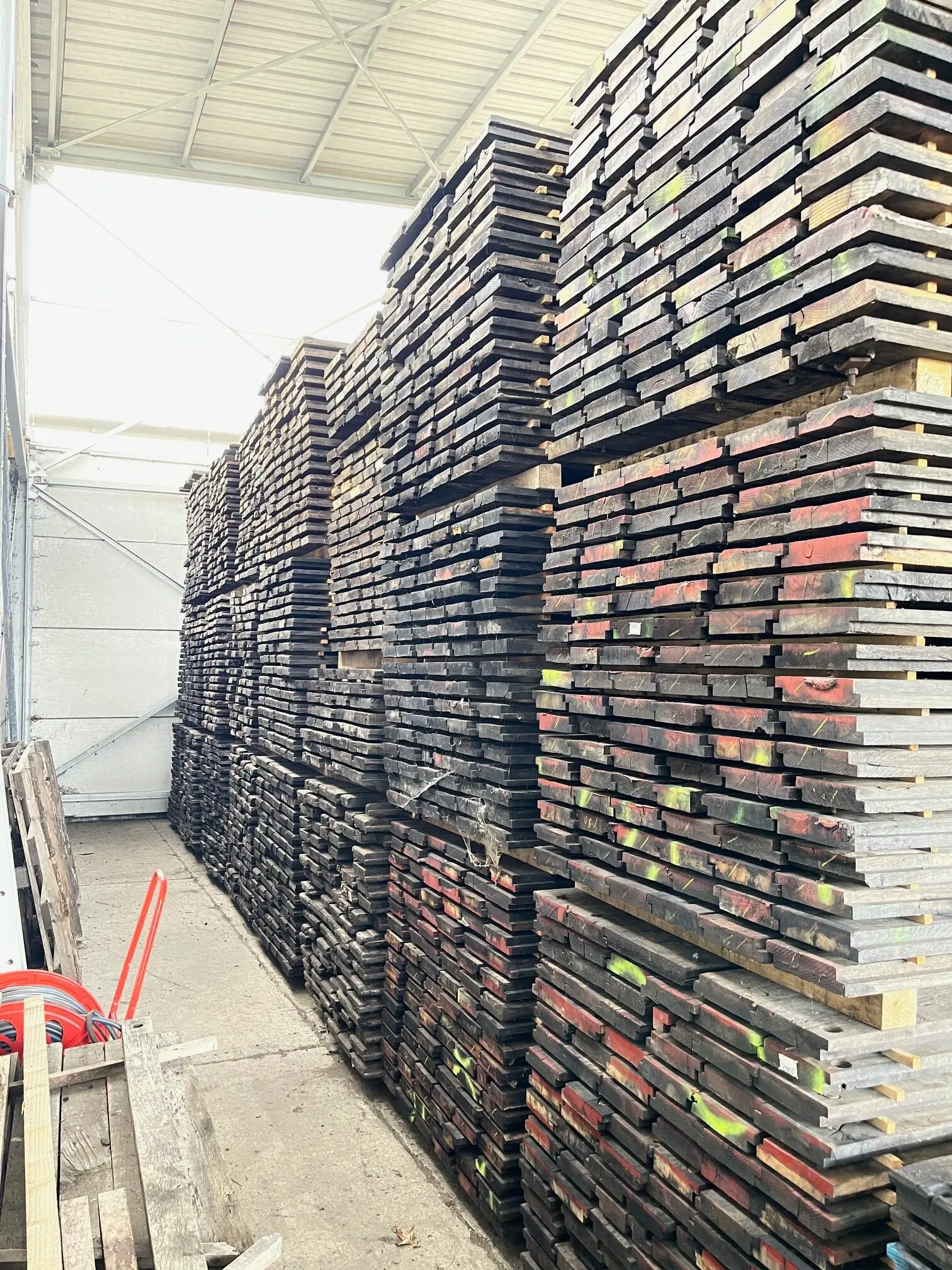When it comes to premium hardwood, few materials command the same respect and admiration as French Oak. Known for its durability, aesthetic appeal, and rich historical roots, French Oak is a top choice for flooring, furniture, and architectural design. This blog explores what makes French Oak a superior material, how it contributes to both interior design and structural integrity, and why it remains a favorite among industry professionals.
What is French Oak?
French Oak refers to oak wood that is grown, harvested, and processed in France. It comes primarily from the species Quercus robur and Quercus petraea, which are known for their tight grain, consistent color, and superior strength. These characteristics make French Oak ideal for a variety of uses, from flooring and beams to barrels used in winemaking.
Why choose French Oak for your projects?
There are numerous reasons why builders, designers, and homeowners prefer French Oak over other hardwoods:
- Aesthetic beauty: The tight grain and warm tones add elegance to any space.
- Durability: It is highly resistant to moisture and decay.
- Workability: Easy to cut, shape, and finish.
- Eco-friendly: France enforces sustainable forestry practices.
If you’re considering timber for your next renovation or construction project, French Oak offers both timeless appeal and practical benefits.
The origins and craftsmanship of French Oak
The legacy of French Oak goes back centuries. Forests in regions like Burgundy, Limousin, and the Vosges have produced oak trees of exceptional quality. The slow growth of these trees results in dense, hard wood with a beautifully uniform appearance. French artisans and sawmills have perfected techniques over generations to mill and dry the wood, enhancing its natural character and performance.
Applications of French Oak
French Oak is incredibly versatile. Its most common uses include:
- Flooring: Adds character and warmth to both modern and traditional interiors.
- Furniture: From rustic dining tables to refined cabinetry, French Oak provides strength and beauty.
- Architectural beams: Used in restoration projects and new builds alike.
- Wine and spirits barrels: Adds subtle flavor and aroma profiles to beverages.
Each application benefits from the wood’s unique structure, which combines strength with workability.
Characteristics that define French Oak
One of the most appealing traits of French Oak is its grain pattern. The grain is typically tight and straight, offering a clean, refined appearance. The wood also contains medullary rays, natural markings that give it a striking visual texture when quartersawn. The color of French Oak ranges from light golden tones to medium brown, and it ages gracefully over time.
French Oak in modern design
Today, French Oak is not just found in historical chateaux or countryside estates. It plays a significant role in contemporary architecture and interior design. Whether you’re aiming for a minimalist look, Scandinavian simplicity, or industrial chic, French Oak fits effortlessly into modern aesthetics. Designers often choose it for:
- Wide-plank flooring
- Wall cladding
- Floating staircases
- Open shelving
Its neutral tones and organic patterns make it an ideal backdrop for both bold and understated interiors.
Longevity and performance of French Oak
The hardness and durability of French Oak ensure it can withstand heavy use over decades. With proper treatment and care, floors and furniture made from French Oak can last for generations. The wood is also naturally resistant to insects and fungal decay, making it a practical choice for high-traffic areas and humid climates.
Sustainability and responsible harvesting
One of the key reasons to invest in French Oak is its sustainability. French forests are managed under strict guidelines that ensure responsible harvesting, biodiversity preservation, and long-term ecological balance. Every tree felled is part of a broader reforestation plan, making French Oak a more environmentally conscious choice compared to many other hardwoods.
How to maintain your French Oak products
To maintain the beauty and integrity of French Oak, regular care is essential. Tips include:
- Dusting and vacuuming to prevent dirt buildup
- Using felt pads on furniture to avoid scratches
- Applying wood oil or sealants as recommended
- Avoiding harsh chemicals that can damage the surface
With these simple steps, your French Oak surfaces will remain stunning for years to come.
French Oak vs. other oak varieties
When compared to other types of oak, French Oak stands out in several ways:
- Higher tannin content, which contributes to better preservation in wine barrels
- More uniform grain, ideal for refined finishes
- Richer color tones, offering natural elegance without staining
- Greater density, making it more resilient in structural applications
These qualities make it a preferred option for premium projects across the globe.
Summary
French Oak is a timeless, elegant, and highly functional material for interior and structural applications. Its durability, aesthetic beauty, and sustainable sourcing make it a favorite among professionals and homeowners alike. Whether used for flooring, furniture, or architectural features, French Oak offers unmatched quality and character.
Ready to bring French Oak into your next project?
At Wholesale Timber, we specialize in sourcing and delivering premium French Oak products for flooring, furniture, and more. Contact us today to explore our full range and get expert advice tailored to your needs. Let us help you build something extraordinary with the timeless beauty of French Oak.
